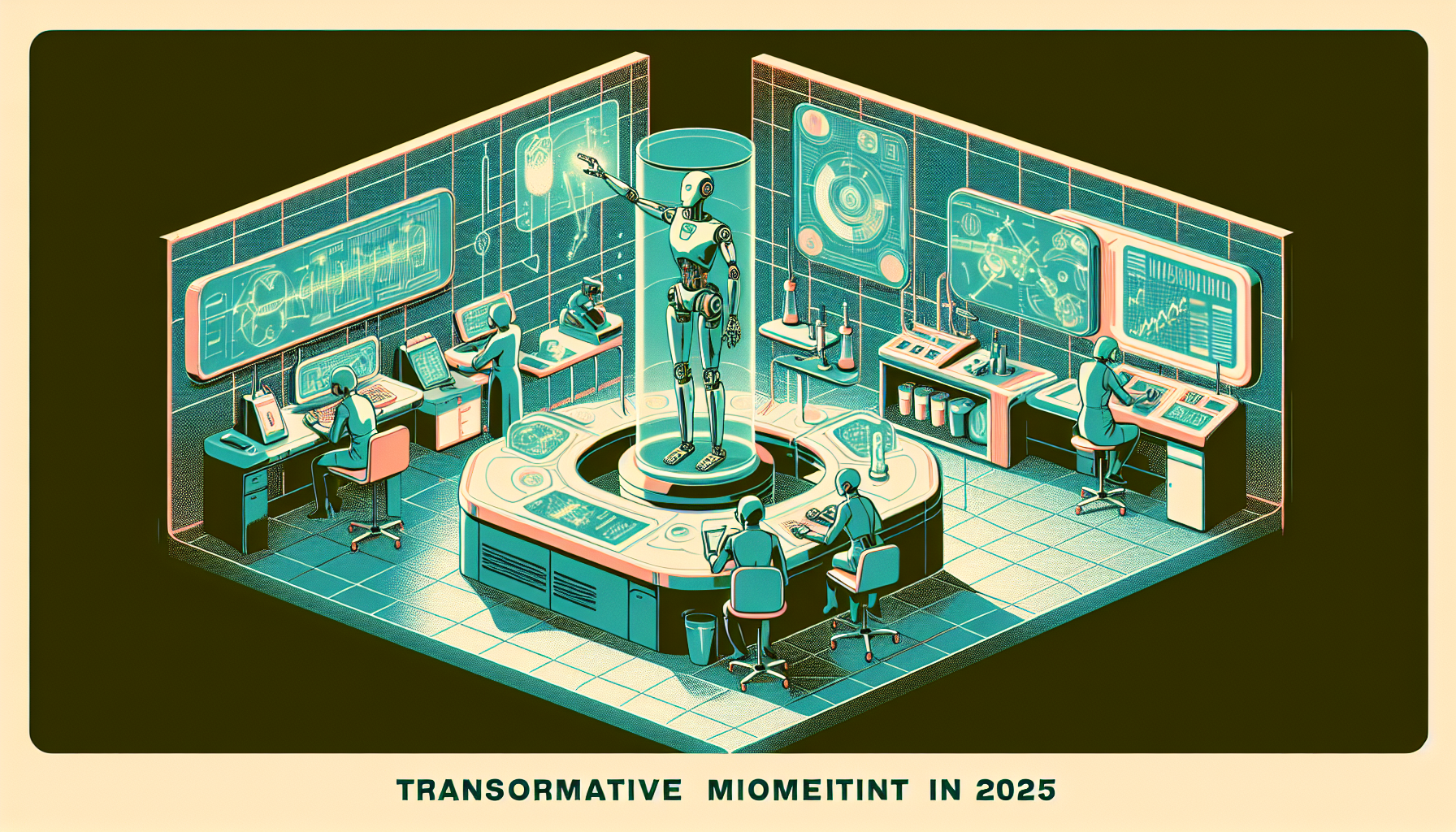The year 2025 will mark a profound turning point for robotics. Artificial intelligence (AI) is at the heart of this transformation, giving robots new abilities to learn, adapt, and work more seamlessly with people and their surroundings. This is more than just putting AI chips inside machines—it’s about creating truly intelligent robots that can grow through experience.
AI in Robotics: New Frontiers
AI is allowing robots to make sense of the world around them like never before. Through advanced sensors and complex algorithms, robots now process massive amounts of data in real time. They can understand changing situations, solve problems on the go, and make decisions that once required human intuition.
A defining trend in 2025 is the rise of Physical AI. This movement brings together dedicated hardware and powerful software, enabling robots not just to follow instructions, but to train virtually before stepping into the real world. Like students rehearsing in a safe environment, robots learn by doing. This leap could signal a “ChatGPT moment” in robotics, unlocking a wave of machines that operate by experience rather than fixed programming.
Humanoid and Autonomous Robots
Humanoid robots—designed to move and act much like humans—are capturing global attention. While household tasks and manufacturing chores often make the headlines, most current applications are focused on specific jobs, like sorting packages or assembling parts. But the potential for robots that understand and mirror human behavior is growing quickly.
Autonomous robots are also making their mark in 2025. From driverless taxis weaving through city streets to underwater drones exploring the oceans, these machines are changing how we think about transportation and discovery. Improved navigation technology allows them to operate safely and efficiently in unpredictable environments, offering new solutions to old challenges.
Changing How We Live and Work
Healthcare
Robots powered by AI are finding critical roles in healthcare. Beyond assisting in surgeries, they’re beginning to provide patient care and deliver medication. Advances in soft robotics and the science of human-robot interaction are making these machines safer and more responsive, giving doctors and nurses powerful tools to improve lives.
Education
In schools, robots are inspiring a new generation of learners. They offer hands-on opportunities for students to explore science, technology, engineering, and math (STEM). By interacting directly with robots, students are better prepared to understand and shape the technologies that will define their future.
Challenges, Ethics, and the Path Forward
With rapid progress comes responsibility. As robots become smarter and more autonomous, questions about ethics and safety take center stage. Who is responsible when a robot makes a mistake? How do we ensure privacy, fairness, and trust? Ensuring human oversight and guiding these technologies with clear values will be essential.
At the same time, technical innovation continues. New development frameworks—such as advanced world modeling software from major technology companies—are making it easier to build complex, interactive robots. These advancements aren’t just about hardware; they help create richer, more meaningful collaboration between humans and machines.
A Transformative Year
2025 stands as a milestone in the journey of robotics. AI is guiding machines out of the lab and into everyday life, from factories and hospitals to schools and beyond. This is not just a story about technology, but about reshaping the connection between humans and machines. As robots become partners in work, learning, and care, they are set to redefine what is possible—opening doors to a future shaped by both innovation and wisdom.

Leave a Reply